
Raoul Gustaf Wallenberg was a Swedish architect, businessman, diplomat, and humanitarian. He saved thousands of Jews in German-occupied Hungary during the Holocaust from German Nazis and Hungarian fascists during the later stages of World War II. While serving as Sweden's special envoy in Budapest between July and December 1944, Wallenberg issued protective passports and sheltered Jews in buildings which he declared as Swedish territory.

Suzanne Spaak, néeAugustine Lorge known as Suzette Spaak was a World War II French Resistance operative. On 21 April 1985, Yad Vashem recognized Spaak as Righteous Among the Nations, for helping to smuggle several Jewish children to safety, by providing them with ration cards and clothing.
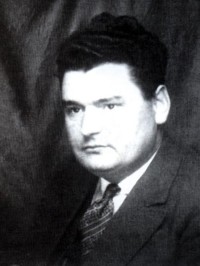
Henryk Sławik was a Polish politician in the interwar period, social worker, activist, and diplomat, who during World War II helped save over 30,000 Polish refugees, including 5,000 Polish Jews in Budapest, Hungary, by giving them false Polish passports with Catholic designation. He was executed with some of his fellow Polish activists on order of Reichsführer SS in concentration camp Gusen on 23 August 1944.

During World War II, some individuals and groups helped Jews and others escape the Holocaust conducted by Nazi Germany.

Dorothea Neff was a Vienna stage actress during the 1930s. Neff helped hide her Jewish friend Lilli Wolff, after she received resettlement orders from the Nazis to leave Vienna. To confuse the Gestapo, Neff wrote a suicide note and signed it 'Lilli' and left it in her apartment. Neff allowed Lilli to live with her for a short time and later Lilli moved in with Mati Driessen and Meta Schmidt. Driessen and Schmidt were honored in Yad Vashem in Israel as Righteous Among the Nations. She later moved from the stage to the cinema, acting up until her death in 1986.

Per Johan Valentin Anger was a Swedish diplomat. Anger was Raoul Wallenberg's co-worker at the Swedish legation in Budapest during World War II when many Jews were saved because they were supplied with Swedish passports. After the war, he spent a lot of time trying to clarify Wallenberg's fate.

Johan Benders was a Dutch teacher at the Amsterdams Lyceum, who encouraged his students to manufacture false identification papers and food ration cards for Jews in order to help them escape persecution by the occupying Nazi Germany. He and his wife, Gerritdina Letteboer, sheltered Jews in their home. In 1943, however, they were betrayed by a neighbor and Johan was arrested by the Gestapo. In prison, he was tortured. Johan Benders had tried to commit suicide but failed twice. On 6 April he jumped from the third floor of the prison in which he was held, to avoid giving information under torture. Johan and Gerritdina took in Rosalie and Katie Wijnberg, Lore Polak, another Jewish girl, and Jan Doedens.

Père Marie-Benoît was born Pierre Péteul. As a Capuchin Franciscan friar he helped smuggle approximately 4,000 Jews into safety from Nazi-occupied Southern France. On 1 December 1966, he was honored with the Medal of the Righteous among the Nations for his courage and self-sacrifice. His actions to save Jews during the Holocaust were the reason for his epithetFather of the Jews.
On three cases, entire countries resisted the deportation of their Jewish population during the Holocaust. In other countries, notable individuals or communities created resistance during the Holocaust which helped the Jews escape some concentration camps.
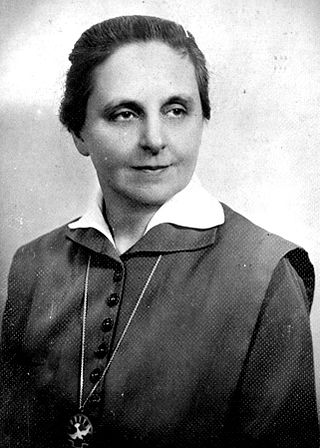
Margit Slachta was a Hungarian nun, social activist, politician, and member of parliament of the Kingdom of Hungary. In 1920 she was the first woman to be elected to the Diet of Hungary, and in 1923 she founded the Sisters of Social Service, a Roman Catholic religious institute of women.
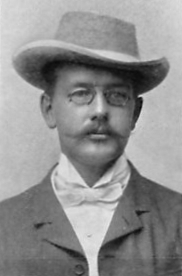
Valdemar Langlet was a Swedish publisher, and an early Esperantist. With his wife Nina Borovko-Langlet in Budapest, he is credited with saving many Jews from the Holocaust, by providing Swedish documents saying that people were waiting for Swedish nationality. Raoul Wallenberg was inspired by Langlet and used the same method to save Jewish people when he came to Budapest. In 1965, Valdemar and Nina Langlet were recognized as Righteous Among the Nations by Yad Vashem.

Heinz Drossel was a German lieutenant in World War II who was named one of the Righteous Among the Nations, shared with his parents, for helping Jews escape persecution. He was the son of Paul and Elfriede Drossel, both anti-Nazis, and shared their political philosophy. Drafted in November 1939, Drossel served in the Battle of France before serving on the Eastern Front for the rest of the war. He saved a woman, Marriane Hirschfeld, who became his wife after the war. He also freed Soviet soldiers to avoid execution. He and his parents also save a woman Margot, her parents, Lucie and Jack Hass and Ernst Frontheim, who became Margot's husband after the war.

Maria Kotarba was a courier in the Polish resistance movement, smuggling clandestine messages and supplies among the local partisan groups. She was arrested, tortured and interrogated by the Gestapo as a political prisoner before being imprisoned in Tarnów and then deported to Auschwitz on 6 January 1943. Maria Kotarba was recognised as Righteous Among the Nations by Yad Vashem on 18 September 2005 for risking her life to save the lives of Jewish prisoners in two Nazi concentration camps.

The Podgórska sisters, Stefania Podgórska and Helena Podgórska, came from a Catholic farming family living near Przemyśl in south-eastern Poland. During the Holocaust, sixteen-year-old Stefania and her seven-year-old sister harboured thirteen Jewish men, women and children in the attic of their home for two-and-a-half years. Both were later honored as the Righteous Among the Nations by Yad Vashem as well as by the Jewish and Polish organizations in North America, for their wartime heroism.
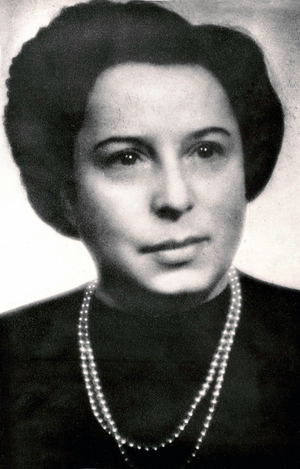
Gisi Fleischmann was a Zionist activist and the leader of the Bratislava Working Group, one of the best known Jewish rescue groups during the Holocaust. Fleischmann was arrested on 15 October 1944 and was murdered in the Auschwitz concentration camp three days later.
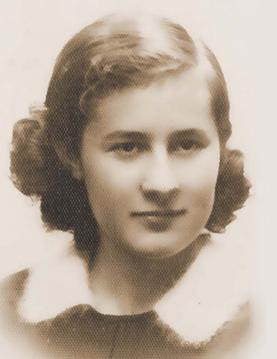
Krystyna Dańko, née Chłond, was a Polish orphan from the town of Otwock, daughter of Karol Chłond – a respected city official in prewar Poland – who was awarded the title of Righteous among the Nations by Yad Vashem in 1998, for saving the lives of Polish Jews during the Holocaust while risking her own life at the time of the Nazi German occupation of Poland.

Marion Philippina Pritchard was a Dutch-American social worker and psychoanalyst, who distinguished herself as a savior of Jews in the Netherlands during the Second World War. Pritchard helped save approximately 150 Dutch Jews, most of them children, throughout the German occupation of the Netherlands. In addition to protecting these people’s lives, she was imprisoned by Nazis, worked in collaboration with the Dutch resistance, and shot dead a known Dutch informer to the Nazis to save Dutch Jewish children.

Tibor Baranski was a Hungarian-American man credited with saving more than 3,000 Hungarian Jewish women, men and children from the Nazis during the Holocaust.

Gerritdina Benders-Letteboer (1909–1980) was a member of the Dutch Resistance, who actively protected multiple Dutch Jewish citizens from Nazi persecution and deportation during World War II. Posthumously declared with her husband, Johan Benders (1907–1943), to be Righteous Among the Nations on 27 March 1997 by Yad Vashem, she and her husband were also honored by The International Raoul Wallenberg Foundation, which placed their names on their “List of Dutch Saviors.”















